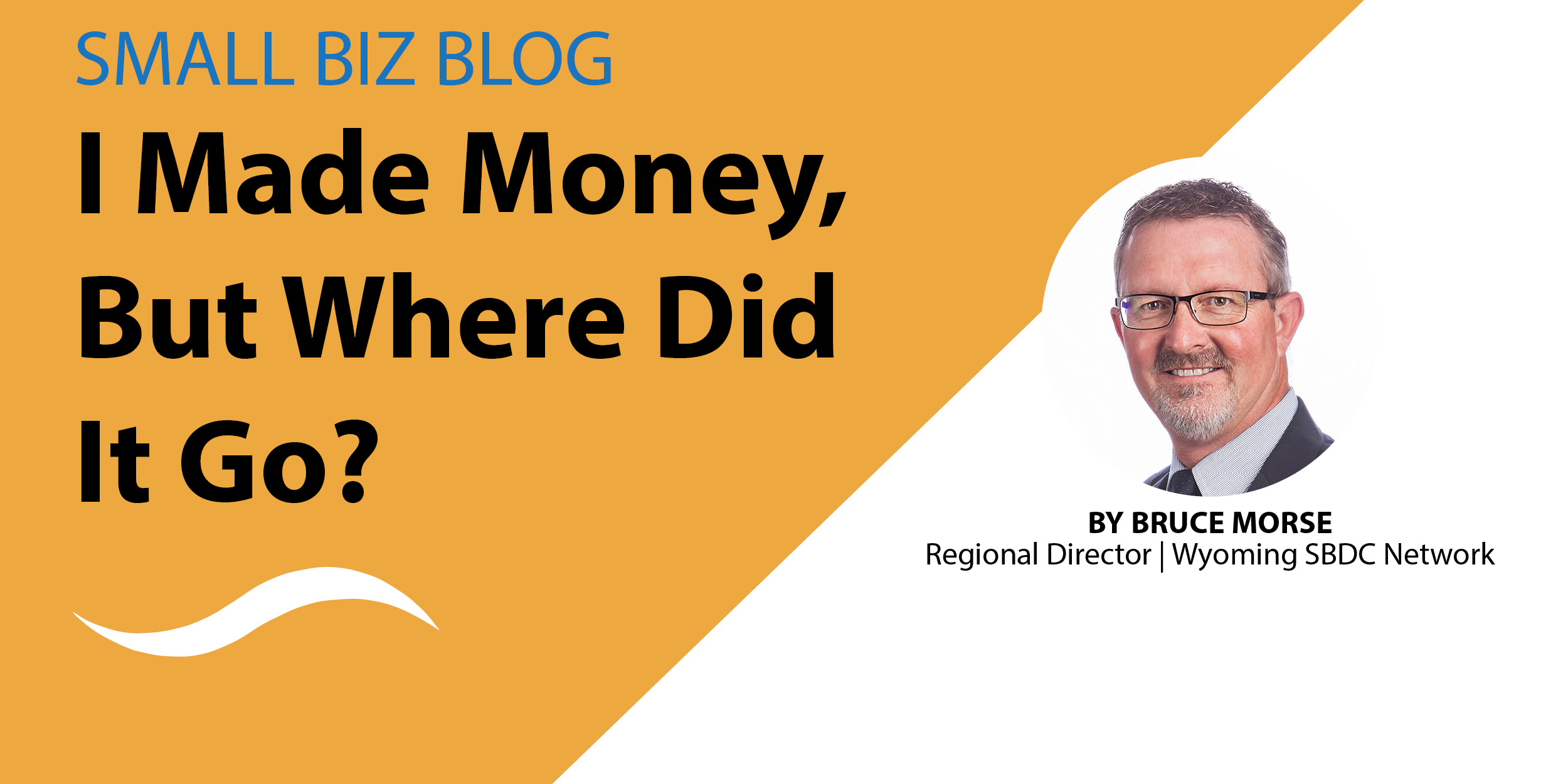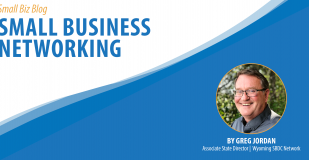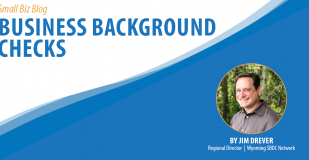Cash flow issues seem to be a concern for many small businesses. They often stem from a limited understanding of the components of cash flow itself. The basic definition of cash flow is “the flow of money into and out of the business.” This includes income generated from sales activity and expenses all of your operating costs.
Hopefully your accountant told you after tax season, “Congratulations, you made a profit last year.” Even so, you might look at your checkbook balance and see that it is nearly empty. I am sure you are asking yourself, “How can both be true?” First of all, there are some differences between cash flow and profit. For instance, a business may have money tied up in accounts receivable that shows up in revenue but not cash as they have yet to collect it. A few other situations could be:
- Excess or stale inventory
- Loan principal payments that don’t reflect on the income statement but have to be paid in with cash
- Owner withdrawals that have not been accounted for
- Lack of financing for short-term working capital needs
Whatever your situation might be, here’s a list of possible actions you can take:
- Speed up billing
- Beef up your collection process and consider changing your credit policy
- Negotiate longer terms with suppliers/vendors
- Be careful with taking discounts if you don’t have the cash
- Watch your inventory levels carefully, and move out stale or excess items
- Fire some customers. If they aren’t profitable you need to get them to the point where they are, or weed them out
- Review your aging of accounts weekly and share past due information with sales staff (so they can help collect)
- Anticipate cash needs (budget) and establish a line of credit to cover shortfalls
- Take credit cards in lieu of billing a customer on account
If you need help with analyzing your situation and developing a strategy for your business, the Wyoming SBDC Network can help with our Financial Health Check-up. This no-cost, confidential resource will analyze your financial information and then we can have a dialogue about possible ways to improve in 2018! Contact Regional Director Bruce Morse (bmorse1@uwyo.edu or 307-754-2139) today to get started.
For another opportunity to understand how to use of your financial information to make better management decisions, consider attending our 2-day Profit Mastery training to be held in Buffalo on June 21 and 22.
ABOUT THE AUTHOR:
Bruce Morse is the Northwest Regional Director for the Wyoming SBDC Network. He has a bachelor’s degree in Business Finance with a minor in Marketing from Montana State University-Bozeman. A former banker and Economic Development Finance Professional, Bruce specializes in assisting clients with all things numbers: loan applications, financial analysis, business planning and projections, and crowdfunding ideas. When he’s not in the office, Bruce loves travel, good food, and an occasional round of golf!






